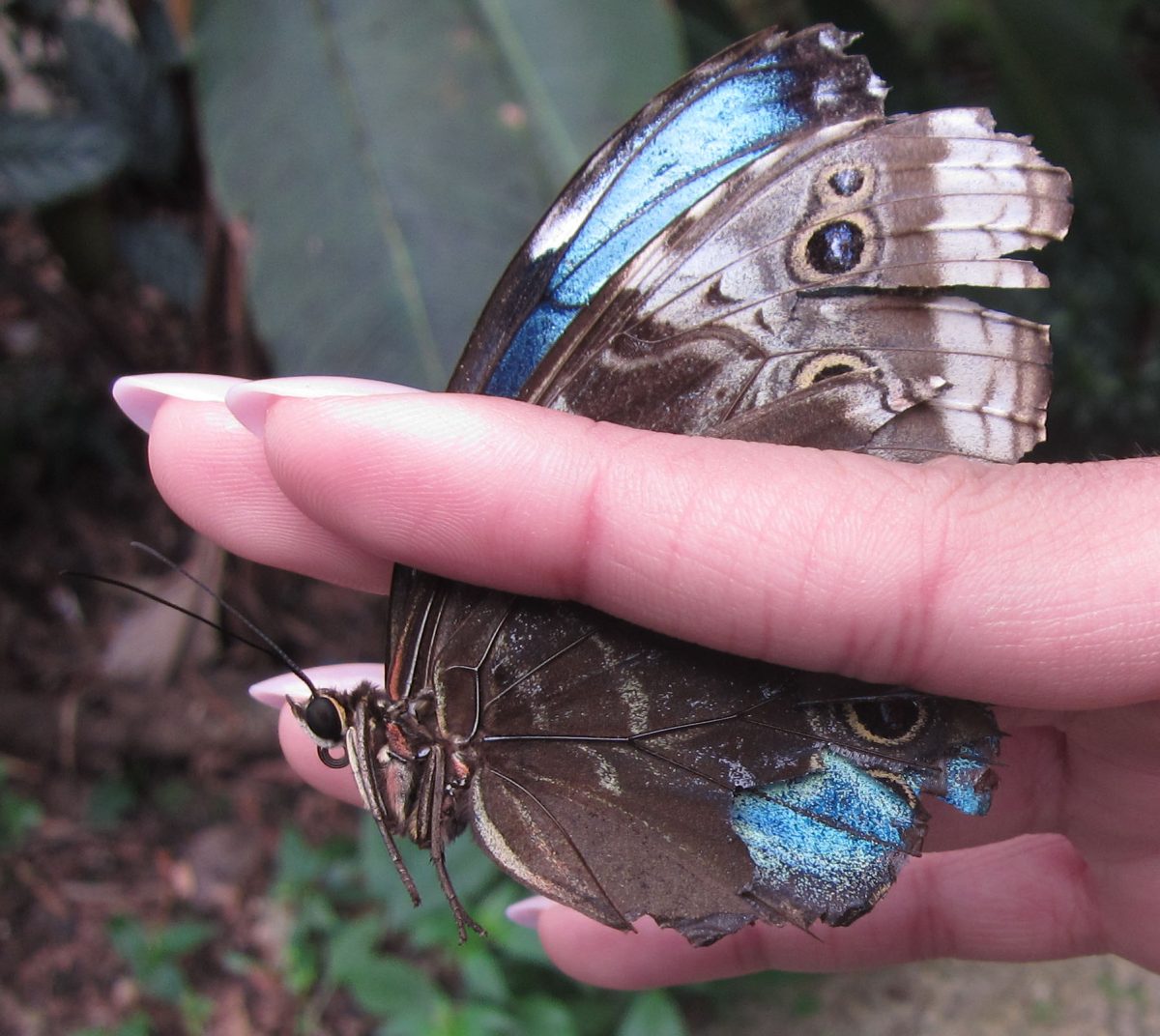Lovin’ the love

February 14, 2018
St. Valentine’s Day may be one of the most commercialized holidays in our culture. Characterized by bouquets of roses, heart-shaped boxes of chocolate and red and pink everything, it essentially monopolizes the month of February. Similar to other commercialized holidays, the glitz and glam can often distract from the real meaning; celebrating the people you love in your life.
The celebration for love and romance has roots in ancient Rome. No one is certain of the real origin, but two popular theories involve martyred saints of the Catholic church named Valentine. One is the notion that when Emperor Claudius II ruled that marriage was illegal for young men–based on his belief that they would prove stronger soldiers for the Roman army–a man named Valentine defied him. He supposedly performed weddings for young lovers in secret, and did so for years until Claudius found out. Valentine was tried and sentenced to death. Another story suggests that Valentine helped Christians escape Roman prisons, where they often faced cruel treatment. Some legends say Valentine sent the first ‘valentine’ greeting himself, after signing a letter to a young woman “from your Valentine.”
In the centuries following, there were several different Christian and Pagan celebrations for love or for ‘matching’ two people together, Pope Gelasius declared Feb. 14 St. Valentine’s Day officially around the end of the 5th century. It was not until the middle ages that the day became wholly associated with love, when they myth started to circulate in Europe that Feb. 14 marked the beginning of mating season for birds. Writers like Geoffrey Chaucer and William Shakespeare soon helped to popularize Valentine’s Day with their poems, romanticizing the day through diction. They helped contributed to its transformation into a holiday of matchmaking and gift-giving, partially because that is the way they expressed love in their writing.
People became enthralled in this culture, when France, Great Britain, Germany, and even a young United States began to partake in the gift-giving culture. Elaborate displays of affection were considered more genuine than simple ones, as people would write intricate poetry or give their loved ones fancy jewelry. In the United States, women began to make cards adorned with real lace, hand-inked flowers, and ribbons. They began to be mass produced in the 1840s, and when America grew in industry, businesses capitalized on the emotional aspect of the holiday to turn a profit. They lured more people into celebrating the holiday, and convinced them to purchase gifts for their loved ones–or friends, family, or even themselves–and hyped up the entire event.
I wish I could say more about how Valentine’s Day has changed since then, but the commercialized day still brings in enormous profit for big businesses. Predicted earnings for 2018 average around $19.6 billion.
The fact that we have an entire day devoted to appreciating our loved ones and telling them how special they are is sweet, but turning it into a scheme for profits is not. Love is not measured in the size of a bouquet, and we should focus less on the Hallmark cards and more on the genuine emotion of the day. Kind words are far more memorable than chocolate____. To celebrate this year’s Valentine’s Day, express your feelings genuinely. I guarantee it’ll be more meaningful than a box of chocolates.





















![Movie poster for '[Rec]" (2007).](https://www.lionnewspaper.com/wp-content/uploads/2023/04/rec-640x900.jpg)


